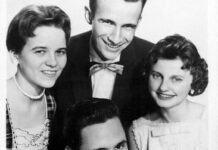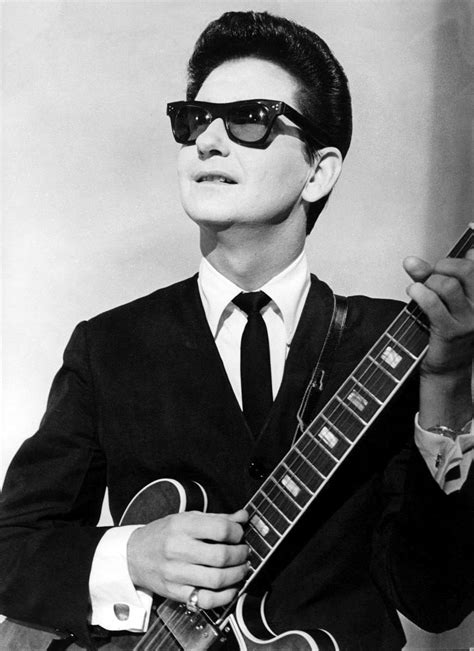“Many Lost Their Minds in Pursuit” of His Approval

From left: Raquel Welch, Chevy Chase and Michaels during “Weekend Update” on April 24, 1976. Getty Images
.
This story first appeared in the Feb. 13 issue of The Hollywood Reporter magazine.
I first encountered Lorne Michaels during Saturday Night Live‘s first year on the air. I had just started writing about television for The Baltimore Sun a few weeks before the show’s premiere in October 1975, and I had the good sense to recognize it immediately as a breakthrough program — “the best thing NBC has done this year,” I wrote. That was hardly a genius assessment; television in the mid-’70s, with some exceptions, was consistently wretched. SNL provided a jolt of excitement, as though NBC had attached shock paddles to the television business.
Nobody knew much about TV producers in that era except Roone Arledge, who had his name plastered across every ABC Sports broadcast. Within weeks of the launch of SNL, its 30-year-old producer was a celebrity, the man who managed to bring the iconoclastic humor of the ’60s generation to network television. Lorne also was a sometime presence on SNL, even before that April 1976 show when he famously appeared and offered The Beatles $3,000 to perform three songs on the show (“If you want to give Ringo less, that’s up to you”).
Lorne Michaels and the ‘SNL’ Cast Through the Years (Photos)






Michaels was exalted enough, even at that early stage, to have little need to chat up a TV-beat journalist not long out of college. Except for one thing: The NBC station in Baltimore had pre-empted SNL that first year. About a third of NBC’s stations did, likely because a live comedy show stocked with what looked like bomb-throwing revolutionaries did not instill enthusiasm in a bunch of middle-aged station managers. I was forced to watch that first season through snowy interference, wrestling with a pair of rabbit ears until the antenna could locate the signal of the NBC station in Washington. Filled with righteous outrage, I began a campaign to shame WBAL in Baltimore into carrying what I called “the most innovative piece of television entertainment this year.” (After one season, it worked.)
Michaels needed to get station clearances up fast or face ratings doom. So he agreed to talk to me — initially on the phone. One thing he said illustrated how sure he was of his mission: “When we do well, we do the best comedy on TV. That’s not ego; that’s just the way it is.”
Subsequently, Lorne agreed to have me up to New York to meet with him and spend a few days watching the show being stitched together. Having observed the process on several occasions since, it is striking how much has remained intact for four decades: one day of intense writing; another of blocking and set-building; a table read with a guest host; two days of run-throughs; a dress rehearsal; and, finally, “Live from New York!”
That’s one reason Michaels is given so much personal credit for the phenomenon of Saturday Night Live. He conceived a supremely effective formula, perhaps the only one that successfully could have sustained a live sketch-comedy/music show inside a landmark skyscraper, housed in a retrofitted radio studio originally built for a symphony orchestra. Even today, if you hang out in the narrow hallway outside Studio 8H when the show is in progress, you take your life in your hands from all of the castmembers, makeup artists, wig fitters, technicians and stagehands flying by, as well as the hulking sections of sets being shoved past you on dollies. And that has nothing to do with supervising the writing and performing and the periodic demands of recasting the thing. The show was, and is, a production marvel. “That’s Lorne as Einstein — the formula was his E = MC2,” says Jimmy Fallon, one of the dozens and dozens of breakout stars and writers Michaels has birthed.
At our first meeting, Lorne was thoroughly intimidating. He was, after all, the embodiment of ’60s counterculture: TV producer as rock star. His hair was longish, dark and fashionably flyaway; he favored Hawaiian shirts, corduroy jackets and jeans. (During recent years, I only have seen him wearing designer suits, an eminence in tightly cropped silver hair.) The Lorne of the mid-’70s was both a hip presence and a detached conversationalist. His comments were carefully measured, though he frequently was as deadpan funny as his on-air persona. Your instant sense was that this was a man who did not suffer fools — peremptorily. And his attitude conveyed that he was encountering far too many fools.

Guest host Ron Nessen, the White House press secretary (left), and Michaels (right) in 1976 with (background, from left) Laraine Newman, Jane Curtin, Dan Aykroyd, Gilda Radner, Chevy Chase, John Belushi and Garrett Morris
What stood out most was his unflappable self-confidence. It seems obvious now that without it, a kid from Canada with a thin résumé in American television never could have convinced NBC — or Dick Ebersol, the young NBC executive who insisted Michaels be hired as producer — to hand him 90 minutes of network airtime three Saturdays a month, nor wrangled groundbreaking work out of a writing staff and cast stocked with wildly idiosyncratic talent.
READ MORE HERE AT THE HOLLYWOOD REPORTER WEBSITE
http://www.hollywoodreporter.com/news/bill-carter-covering-snl-lorne-769095







